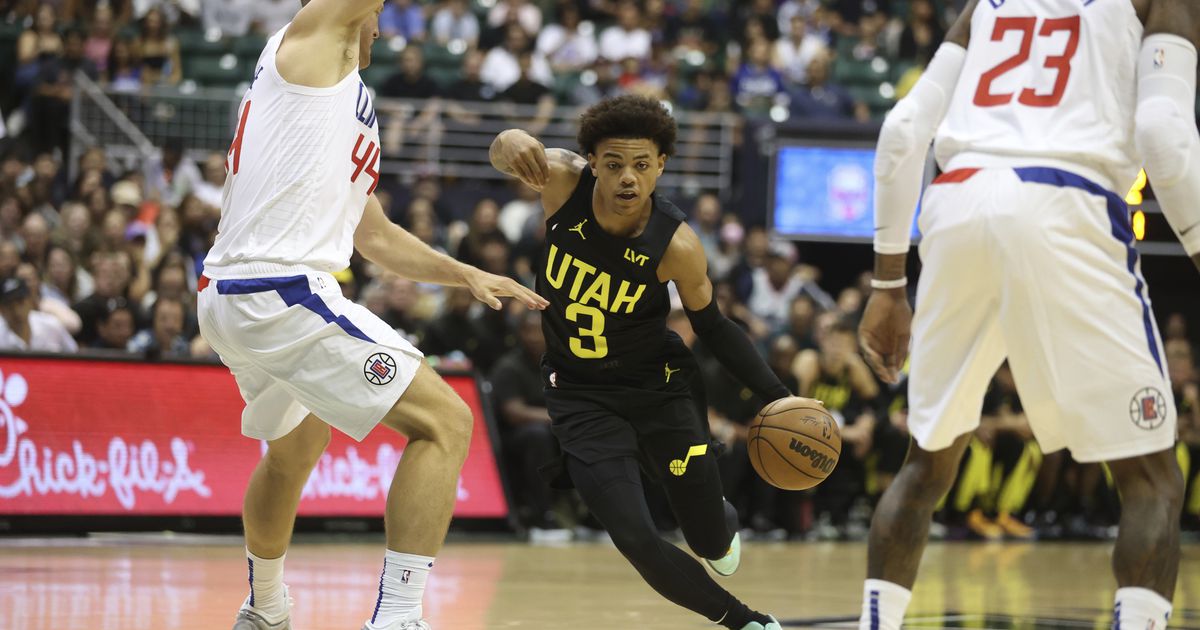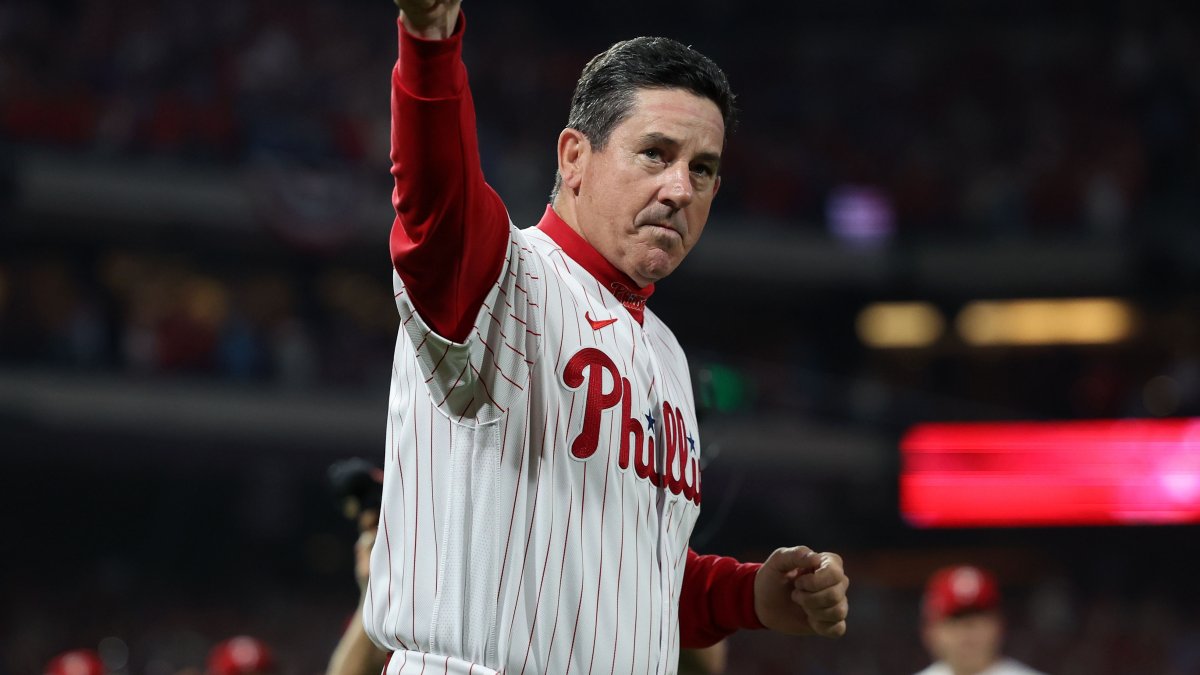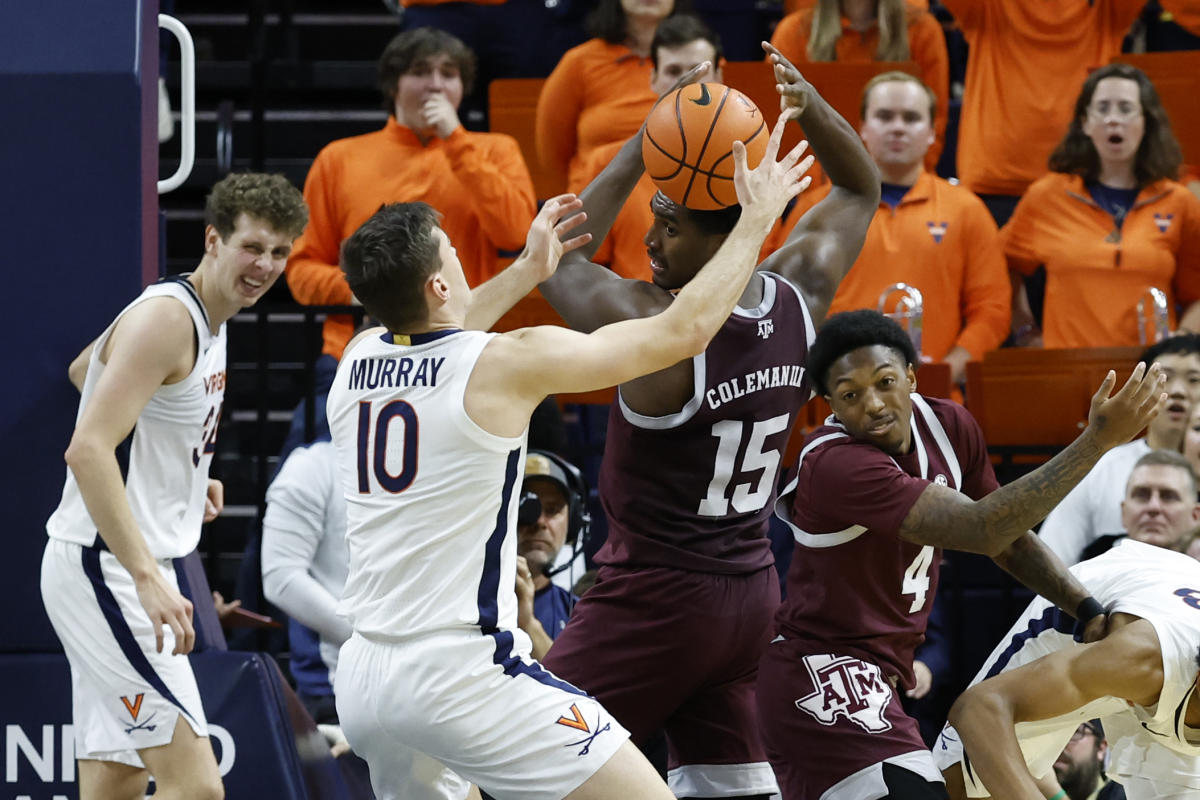Heading: Analyzing the Utah Jazz Rotation in Preseason Game 1 Compared to Regular Season Game 1
Meta Description: By examining the decisions made in the Utah Jazz’s preseason game, we can gain insights into their rotation and potential lineup changes for the regular season. Find out how the team’s coaching and player decisions may impact the first few months of the season.
Introduction: It’s amazing what we can learn about the Utah Jazz from a Sunday night in Honolulu. Although preseason games don’t always reflect the regular season, last year’s early struggles followed by a strong start demonstrate the importance of analyzing these early performances. While shotmaking and mistakes can vary, coaching decisions and player attitudes can provide invaluable insights that carry over into the season. In this article, we’ll compare last year’s preseason rotation to the regular season rotation and examine the implications for this year’s Jazz team.
Heading: Examining Last Year’s Preseason and Regular Season Rotations
In the first preseason game last year, the Jazz deployed a lineup similar to their regular season opener against the Raptors. Four out of five players who started in preseason remained starters in the regular season. The only major changes were Jordan Clarkson starting in place of Malik Beasley and Talen Horton-Tucker taking the bench minutes previously held by Nickeil Alexander-Walker. These rotation adjustments had a significant impact on the Jazz’s performance throughout the season.
Heading: The Jazz’s Rotation in Preseason Game 1
Lesson No. 1: Starters and Their Roles
In preseason Game 1, the Jazz started Collin Sexton, Talen Horton-Tucker, Lauri Markkanen, John Collins, and Walker Kessler. While the frontcourt is expected to remain unchanged for the early part of the season, the surprise came in the backcourt. Coach Will Hardy opted for a “going back in time” approach, emphasizing shared playmaking responsibilities rather than relying on one dominant point guard. However, Sexton and Horton-Tucker struggled with playmaking, often resorting to wild drives and shots instead. Although this lineup may not be set in stone, it offers valuable insights into the coaching staff’s philosophy.
Lesson No. 2: Initial Role Players and Bench Rotation
Keyonte George, Jordan Clarkson, Ochai Agbaji, and Kelly Olynyk served as the initial rotational backups in preseason Game 1. George’s inclusion in the rotation as a rookie is impressive, showcasing his potential as a free throw specialist and transition attacker. Despite his size, Agbaji is likely to play minutes at the small forward position and defend larger opponents. The coaching staff’s early belief in Simone Fontecchio over lottery pick Taylor Hendricks and summer league standout Luka Samanic is noteworthy, as Fontecchio will have a chance to prove himself in his second year with the team.
Lesson No. 3: Taylor Hendricks’ Decreased Importance
Fontecchio’s minutes over Hendricks in preseason Game 1 suggest that Hendricks has fallen down the depth chart. Even Omer Yurtseven, a recent minimum pickup, received more playing time than Hendricks. While Yurtseven’s position as a center differs from Hendricks’ power forward role, the Jazz could have adjusted their lineup to give Hendricks more opportunities. This early demotion indicates that Hendricks may not be meeting expectations. His offensive decision-making and lack of defensive presence during his limited playing time raise concerns about his readiness for the NBA. It’s still early in his career, but an adjustment in expectations may be necessary.
Lesson No. 4: Kris Dunn’s Impact on the Court
The Jazz’s performance significantly improved when Kris Dunn entered the game in preseason Game 1. Dunn not only contributed to the team’s offensive flow but also emerged as the most productive scorer among the guards. While his success may be partly due to the Clippers’ defensive lineup, his ability to stabilize the team was undeniable. The Jazz faced a common dilemma when deciding between playing the best player or allocating more minutes to young players. Dunn, despite being on a non-guaranteed contract, demonstrated his value on the court. Coach Hardy’s commitment to meaningful minutes reinforces his philosophy of cultivating self-awareness and preventing the development of bad habits.
Conclusion: Analyzing the Utah Jazz’s preseason rotation provides valuable insights into the team’s potential lineup changes for the regular season. While preseason performances don’t always foreshadow regular season success, examining coaching decisions and player attitudes can shed light on the team’s strategic thinking. The Jazz’s backcourt approach, rotational backups, depth chart adjustments, and the impact of experienced players like Kris Dunn all contribute to the team’s evolving identity. As the regular season approaches, the Jazz face critical decisions in balancing playing time for veterans and younger players. Ultimately, their choices will shape the team’s trajectory moving forward.

Emily Turner is your source for everything NBA. As a dedicated basketball enthusiast, she offers insights into NBA games, player highlights, trade rumors, and the league’s evolving dynamics. Emily’s love for the sport shines through in her comprehensive NBA coverage.




:no_upscale()/cdn.vox-cdn.com/uploads/chorus_image/image/72931262/usa_today_21973134.0.jpg)


